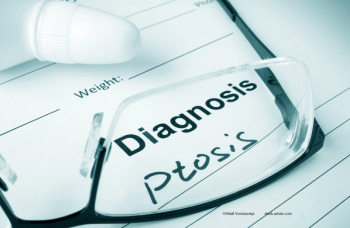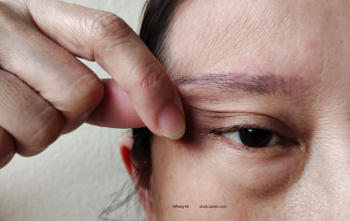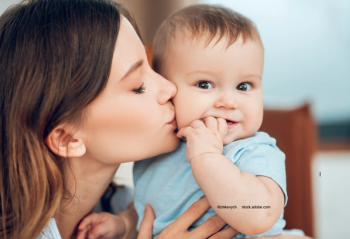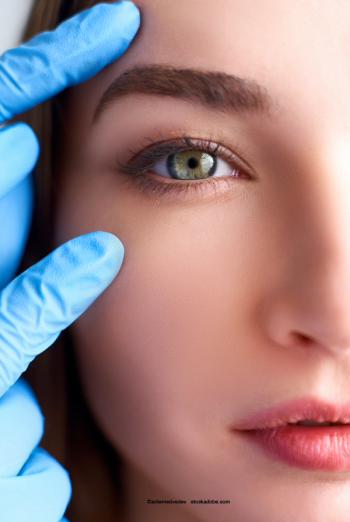
Considering older age, high BMI as risks for blepharoptosis in Korean patients
A study suggests that for the general population, evaluation for blepharoptosis should be done at 66 years of age, or at 63 and 70 years for males and females, separately.
When moderate or severe, blepharoptosis can negatively impact patients’ quality of life, resulting in poor visual function and exacerbation of headaches and depression.
Korean scientists took a deep dive into the disorder to determine its prevalence in and the characteristics of Korean adults with blepharoptosis and the appropriate age threshold for recommending blepharoptosis evaluation.
A key finding was the strong association between older age and obesity and the prevalence of blepharoptosis. They published their findings in BMC Ophthalmology.1
In addition to changes in appearance, psychological distress has been recognized relatively recently as being associated with blepharoptosis, with patients having higher levels of anxiety, depression, and concerns regarding their appearance compared with general population.2
Following ptosis surgical repair, patients reported significantly increased visual function.3 Based on these findings, senior author
Based on these findings, senior author
The study/results
The investigators analyzed data on 17,878 eligible patients (15,178 without blepharoptosis and 2,160 with blepharoptosis) extracted from the Korean National Health and Nutrition Examination Survey.
The primary goals were to determine the blepharoptosis prevalence based on age, the cutoff age for recommending blepharoptosis evaluation, and possible associations between blepharoptosis and body mass index (BMI) and waist circumference.
Among the participants, the investigators found an estimated prevalence of blepharoptosis of 12.08%.
The univariate analyses showed that “factors associated with the composite outcome of blepharoptosis were less drinking, less exercise, less income, less education, more metabolic syndromes, more hypertension, more severe diabetes, more cataracts, less employment, higher age, a higher BMI, and a greater [waist circumference].
After adjusting for confounders, age, and obesity parameters including BMI and [waist circumference] were closely related with blepharoptosis,” the investigators reported.
The investigators suggested that 66 years of age should be the cutoff for recommending blepharoptosis evaluation (63 years for men, 70 years for women). “Patients with a high BMI and large waist circumference had a higher prevalence of blepharoptosis in all age groups except for those aged over 80 years.
The association of blepharoptosis with BMI according to age group showed that in the 50–59 and 60–69 years age groups, blepharoptosis prevalence and BMI were higher.
However, in the 70–79 and 80–89 years age groups, extremely obese patients (BMI > 30) showed a decreased blepharoptosis prevalence,” they said.
Kim and colleagues concluded, “We suggest that for the general population, evaluation for blepharoptosis should be done at 66 years of age, or at 63 and 70 years for males and females, separately.
In summary, this study provided appropriate age thresholds for involutional blepharoptosis among the general population of Korea. The results also suggest that past a certain age, Koreans should undergo regular blepharoptosis evaluations.”
References
- Paik JS, Han K, Yang SW, et al. Blepharoptosis among Korean adults: age-related prevalence and threshold age for evaluation. BMC Ophthalmol. 2020;20:99;
https://doi.org/10.1186/s12886-020-01350-y - Richards HS, Jenkinson E, Rumsey N, et al. The psychological well-being and appearance concerns of patients presenting with ptosis. Eye. 2014;28:296–302.
- Briceño CA, Fuller ML, Bradley EA, Nelson CC. Assessment of the abbreviated National Eye Institute Visual Function Questionnaire (NEI VFQ 9) in blepharoptosis and dermatochalasis. Arq Bras Oftalmol. 2016;79:226–8.
Newsletter
Don’t miss out—get Ophthalmology Times updates on the latest clinical advancements and expert interviews, straight to your inbox.













































.png)


